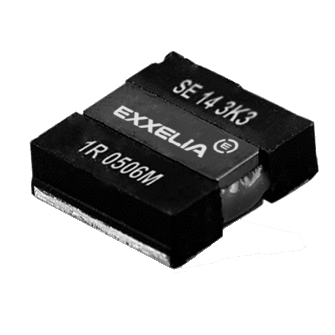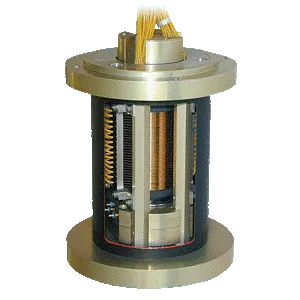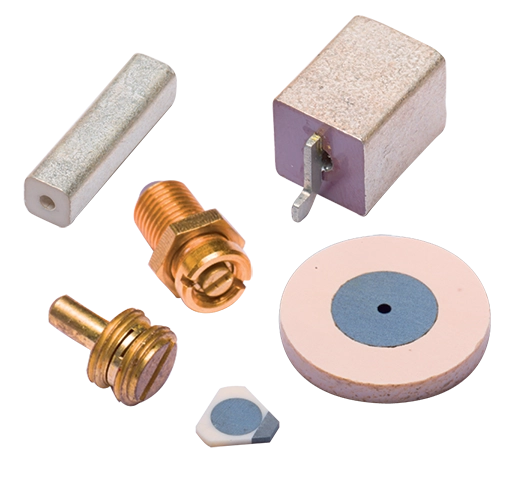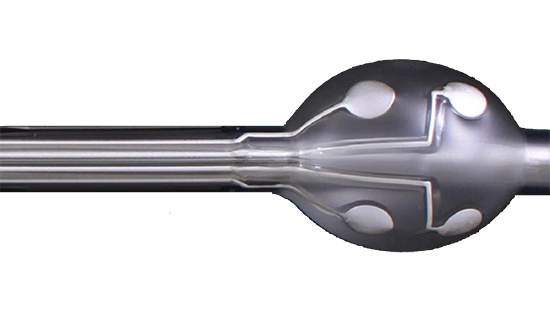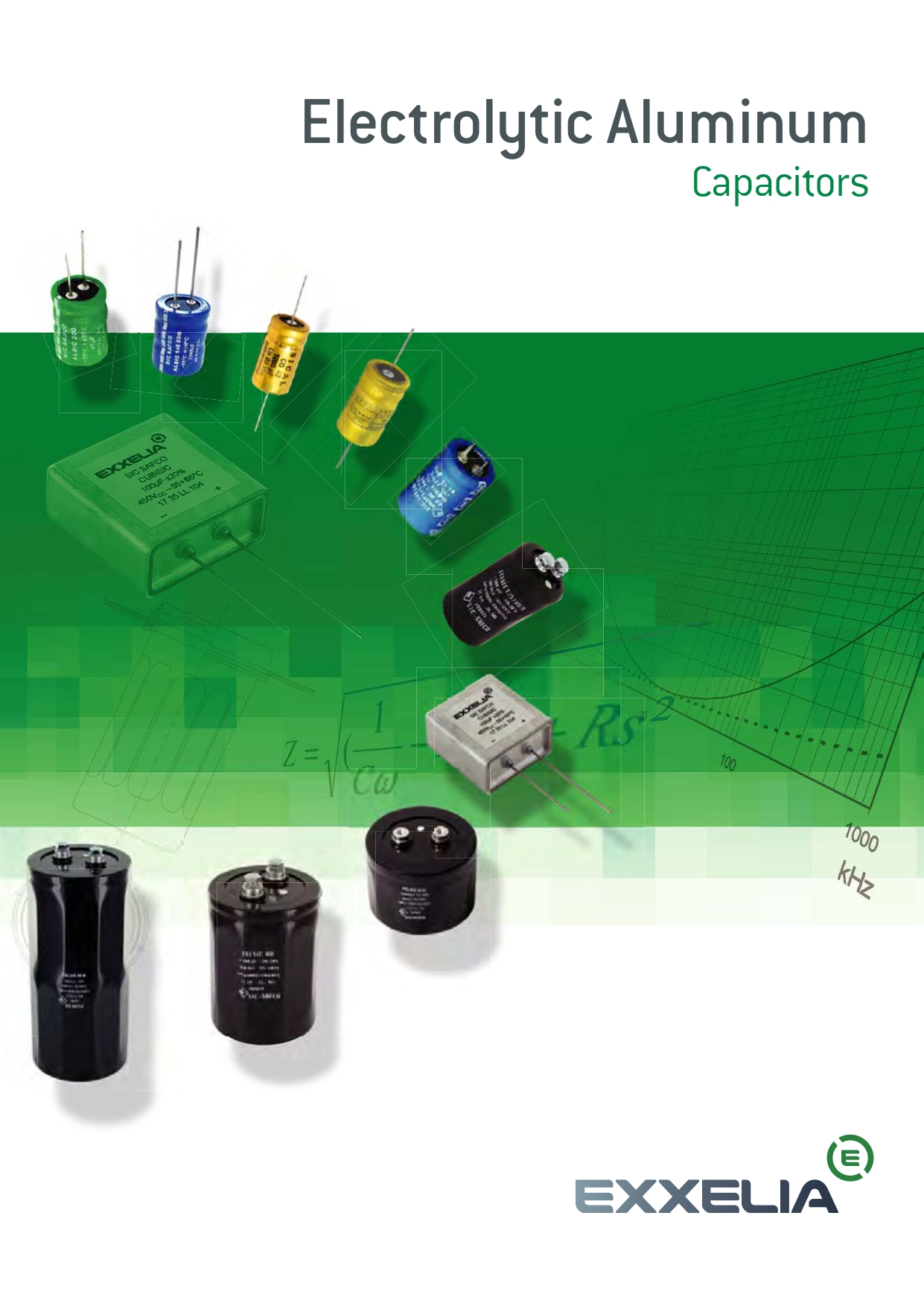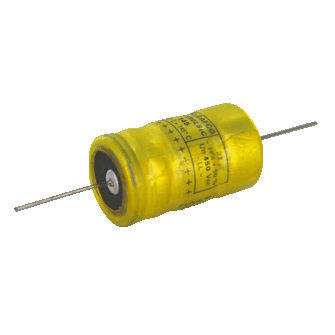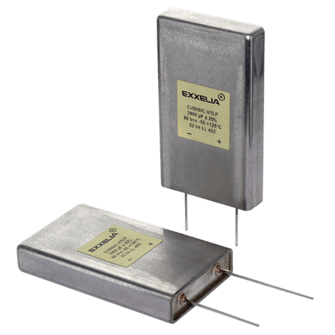

Typical applications :
- Filtering
- Energy storage
|
PN
|
Capacitance
|
Voltage Rated AC
|
Tolerance
|
Mounting
|
Operating Temp
|
RoHS
|
Voltage Rated DC
|
|---|---|---|---|---|---|---|---|
| A774000 | 1500µF | - | ±20% | - | - | - | 16V |
| A774001 | 2200µF | - | ±20% | - | - | - | 16V |
| A774002 | 3300µF | - | ±20% | - | - | - | 16V |
| A774020 | 800µF | - | ±20% | - | - | - | 25V |
| A774021 | 1200µF | - | ±20% | - | - | - | 25V |
| A774022 | 1800µF | - | ±20% | - | - | - | 25V |
| A774040 | 470µF | - | ±20% | - | - | - | 40V |
| A774041 | 800µF | - | ±20% | - | - | - | 40V |
| A774042 | 1200µF | - | ±20% | - | - | - | 40V |
| A774060 | 220µF | - | ±20% | - | - | - | 63V |
| A774061 | 470µF | - | ±20% | - | - | - | 63V |
| A774062 | 680µF | - | ±20% | - | - | - | 63V |
| A774080 | 100µF | - | ±20% | - | - | - | 100V |
Compliance and certifications

NFC

IEC
Would you like to ajust a little something?
Customize it
2related document(s)

Frequently Asked Questions
Find answers to the most frequently asked questions about our products and services.
Still have questions ?
Can’t find the answer you’re looking for ? Please contact with our customer service.
Contact


